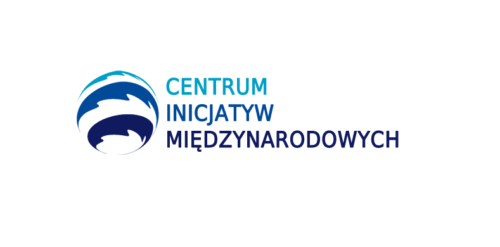QUENTIN GENARD
On Friday April 22nd, 2016, representatives from 175 parties (the European Commission signed on behalf of the EU) gathered in New-York to sign the Paris Agreement at UN headquarters – making this a very symbolic ‘Earth day’. The Treaty is one of the outcomes of the COP21 meeting held in Paris in December 2015 – probably the most visible one. Parties agreed on the text of a new and legally-binding Treaty regulating the fight against climate change with the objective to keep the increase of the world’s temperature well below 2°C. The signing ceremony was the first test of the political credibility of the deal. Good news: it passed!
Why signing Treaties?
Once a country/a regional organisation signs a Treaty, it commits not to take any action that would hinder the purpose of the agreement even though the Treaty is not yet legally binding in its internal legal framework. After the signature, parties have to submit their ‘ratification instrument’ to the depositary of the Treaty. The submission of this instruments is the act through which a country agrees to be bound by the content of the Treaty. States do not always ratify a Treaty – the procedure depends on the national constitutional order, that can be a ratification, but also an acceptance, an approval or an accession.
In the case the Paris Agreement, a high-level ceremony took place the first day of the signing period. It happened 4 months after the conclusion of the COP21 in Paris to allow for translation (six official languages) and further analysis of the content of the deal. 175 states signed and 15 of them have already ratified it – just one day after its official release. The 20 countries that adopted the Agreement in Paris but did not sign it yet have time until 17 April 2017 to do so.
The ‘Coalition for High-Ambition’, a coalition grouping developed and developing countries, is pushing for an early start of the Paris Agreement. Indeed, the Paris Agreement will enter into force once at least 55 countries, which together represent at least 55% of global emissions have joined the Treaty, i.e. have submitted their ratification (or equivalent) instrument to the UN Secretariat.
Why does it matter?
As it has been written before, the Paris Agreement is remarkable in its nature but also, and mostly, because of the political momentum it captured and intends to keep alive. Indeed, one could not have dreamed of a better start. 175 countries signing a Treaty the very first day of the signing period is a unique fact in diplomatic history. The previous record was held by the Convention of Montego Bay on the Law of the Sea signed in 1982 by 119 countries.
Furthermore, the Paris Agreement has already changed the mindset. To become a fully-fledged party to the Treaty, states have to submit a nationally determined contribution. This plan, detailing the fight against climate change and how governments intend to reduce their emissions, has been a contentious element in previous international Treaties on the topic. The Paris Agreement imposes states to submit them prior they ratify. What was before one of the greatest achievement of previous instruments has become the very least member states have to do to even thinking of joining the club. And it’s a popular club.
We are not done yet though
China and the United States are spearheading ambition. They already have declared they will ratify in 2016 and are pushing others to follow them to reach as soon as possible the 55%/55% rule set in the Treaty.
For the EU, the situation will be more complicated. The 28 (?) countries-strong block might be in a position to ratify the Treaty only in 2017 or even 2018. There is no agreement on the very nature of the Treaty yet. For some, it should be ratified by the EU and the member states. For others, the EU can ratify alone on behalf of the members states. At the very least, the Council needs to adopt a decision to ratify, with the consent of the European Parliament. Politically, this could only happen once Ministers have agreed an effort sharing decision to share the burden among member states. The Commission is expected to present such decision before the summer. Member states politics is not easy around the issue as the debate is polarised between the ambitious states and Poland.
What’s next?
A lot is still to be done to iron the details of the Paris Agreement. The Agreement is a framework in which ambition should be unleashed and member states held accountable. If the foundations are strong, the UNFCCC has found no less than 135 obligations from the current text to be fulfilled in order for the Paris Agreement to become fully operational. It will require time and diplomacy, but the political will is still strong.
The Paris momentum is still alive.
Read also:
Q. Genard, COP21: What is it all about?
Q. Genard, European climate and energy policies up to 2020: an unexpected journey
I. Modzelewska, Szczyt klimatyczny: co się udało ugrać „przed Paryżem” i jaka w tym rola Chin?
Quentin Genard – Graduate from the Faculty of Law and Political Science, University of Liège (MA, 2012) and the Department of European Political and Administrative Studies at the College of Europe in Bruges (MA 2013). Intern at the European Movement Belgium (2010) and the Group of Research and Information on Peace and Security (Brussels, 2013). He is since associated researcher at GRIP and member of the political cabinet of a Belgian Minister, dealing with European and International Affairs.

